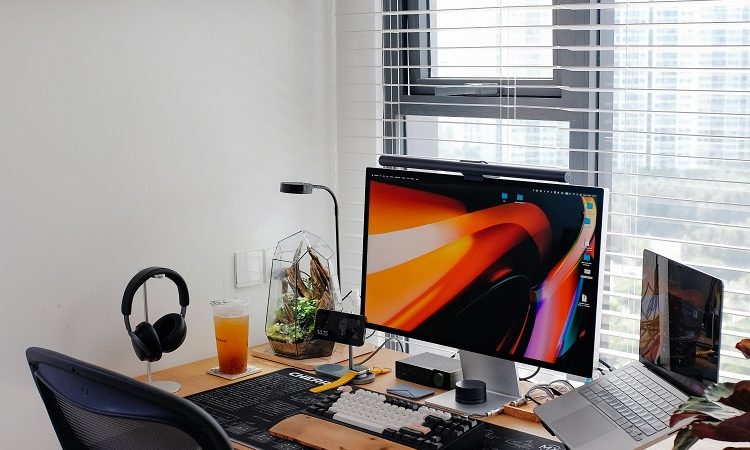8 Tips for Providing a Safe Flight to Your Passengers

About 40% of the general population in America is afraid of flying. This reason in itself is enough for you to want to provide a safe flight for them.
Aviation safety is one of the most significant aspects of flying, and as a pilot, you have the responsibility to ensure your crew and passengers arrive safely. If you’re new to the aviation world, here is a comprehensive flight safety guide you can utilize to ensure a safe flight.
- Complete Proper Aviation Security Training
This is the most crucial step in becoming a safe pilot. Aviation security training will teach you how to operate an aircraft safely and effectively. Pilots who have completed aviation training are better equipped to handle unexpected situations that may occur during a flight.
Aviation security training also includes learning about weather conditions and other factors that can affect aviation safety. It’s essential for you to be aware of these things so you can take the necessary precautions while flying.
Furthermore, you need to follow the IMSAFE checklist, which is a comprehensive guide that covers all the safety aspects of flying.
IMSAFE stands for Illness, Medication, Stress, Alcohol, Fatigue, and Eating. Check yourself for all these things before you embark on a flight with your passengers.
- Understand Radio Communication Rules
As a pilot, you must ensure that you understand the radio communication rules. It’s not just about using them correctly; it’s also knowing when and how to use them in different situations.
For instance, it’ll let you know when it’s safe for passengers to use their mobile phones onboard. This aspect alone can significantly impact an aircraft’s safety system if done at the incorrect moment. This is by far one of the best tips for improving flight safety.
- Be ICAO Compliant
The most important thing that pilots need to do is ensure they’re flying in accordance with the International Civil Aviation Organization (ICAO) standards.
There are strict rules and regulations about how flights should be conducted, so it’s vital for each pilot to follow all of them. Your passengers will feel safe knowing that you adhere to these guidelines.
- Conduct Thorough Pre-Flight and Post-Flight Inspections
Pilots should always conduct a thorough pre-flight inspection of their aircraft before every flight. This includes checking all systems and components, as well as ensuring that the plane is in a safe condition to fly. By doing this, you can catch any potential problems before they become an issue.
Furthermore, you should also ensure you conduct a check post-flight. Check if anything happened during the flight and have it checked before minor issues become paramount.
- Ensure Your Flight Attendants Give the Proper Safety Lecture
The flight safety lecture is one of the most important aspects of any flight. It is your passengers’ first line of defense in case of an emergency, and it’s crucial that they are familiar with all the procedures. Ensure your attendant gives a comprehensive overview of the safety features onboard, as well as how to operate them.
Additionally, ensure all your attendants understand what to do in the event of an emergency. They should know how to handle everything from medical emergencies to hijackings. This way, you can rest assured that your passengers are in good hands if something does happen during the flight.
- Be Aware of Your Surroundings at All Times During Flight
It is vital for pilots to be aware of their surroundings at all times. You must always pay attention, so you can react quickly in the event of an emergency. This means being on high alert during takeoff and landing and taking note when there are changes in weather conditions that could affect the safety of your passengers.
It’s not just other people who need aviation safety instructions. It’s crucial that pilots recognize potential hazards at all times while in command of an aircraft. This includes being aware of other unsafe behaviors or situations that could jeopardize flight safety.
- Make Sure the Plane Has Enough Floatation Devices
In the event of an emergency, pilots should be prepared to handle any situation. One such thing is making sure the plane has enough floatation devices in case a water landing is necessary.
This type of scenario can potentially save lives by preventing people from drowning and giving passengers more time to escape before the aircraft sinks into the ocean.
Make sure there are plenty of lifejackets and rafts on board and that everyone knows how to use them in case of an emergency. By following these simple tips, you can provide a safe and comfortable flight for your passengers.
- Make Sure You Enforce Carry-On Restrictions
It’s essential that you enforce carry-on restrictions to ensure the safety of your passengers.
All items must be securely stored in baggage compartments, and remind them not to store any valuables or sharp objects in their pockets. By doing this, you can keep everyone safe during takeoff and landing without having to worry about anything falling out of the overhead compartment.
It’s also vital to enforce carry-on restrictions, as this can help keep the cabin safe and secure. By limiting the number of items that passengers can bring on board, you can reduce the risk of something happening during the flight.
Be sure to remind passengers about these restrictions before takeoff, and make sure they’re aware of what is and is not allowed on board.
How to Ensure a Safe Flight for Your Passengers at All Times
By following these simple tips, you can provide a safe flight for your passengers every time. By being aware of your surroundings and enforcing carry-on restrictions, you can help keep everyone on board safe and sound.
By making sure the plane has enough floatation devices in case of a water landing, you can rest assured that your passengers will be taken care of no matter what happens during the flight.
Did you find this article informative? Would you like more valuable content like it? If so, please head over to our blog, where we have so much more prepared for you!





